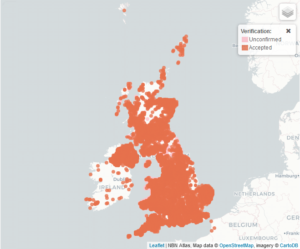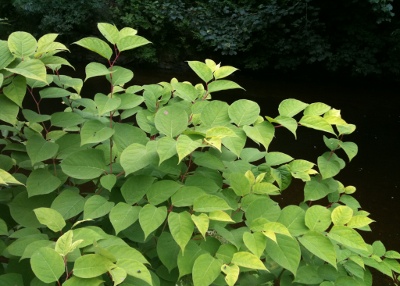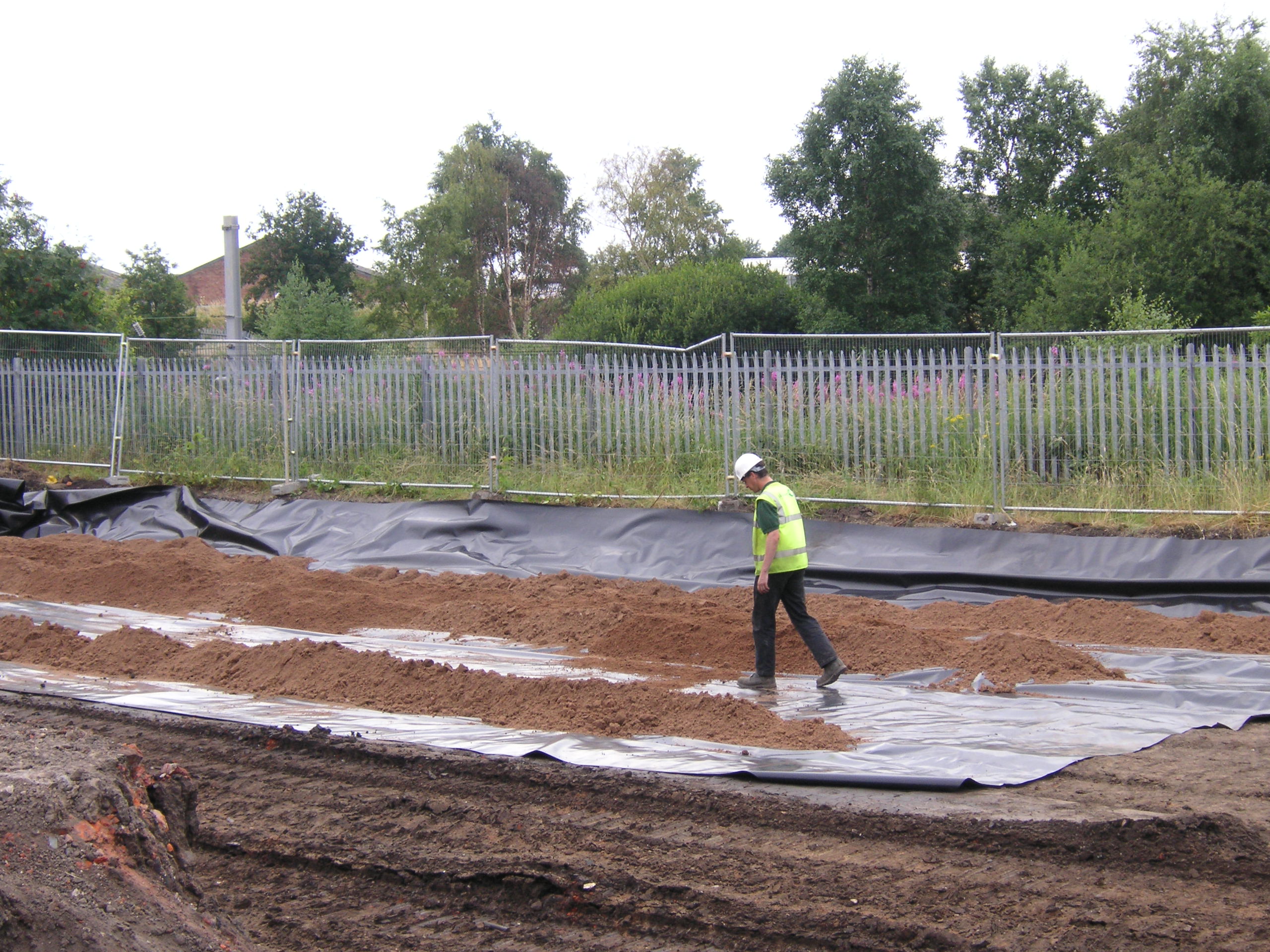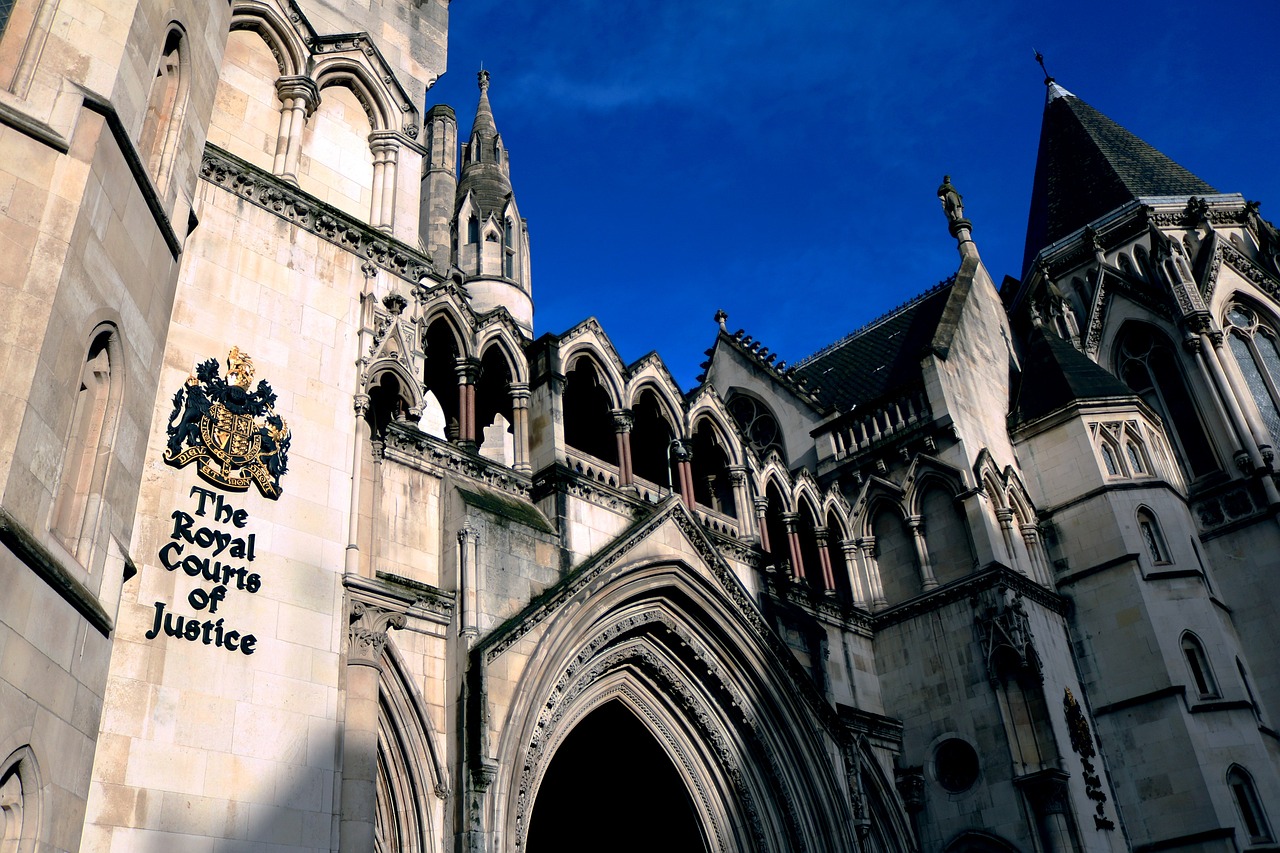Are there Japanese knotweed hotspots in the UK?
11-04-2022
Last updated 10-07-2024
Japanese knotweed (Reynoutria japonica) is a perennial, invasive weed, that is non-native to the UK and has several detrimental effects on both UK plants and land. Due to knotweed having no natural competition from UK plant species or threat from wildlife, it has been allowed to grow throughout the UK and its damaging effects are becoming more widespread.
The best time to identify Japanese knotweed is during the growing season, which lies between mid-summer and early autumn. Key identifiers during this period are tall, hollow, bamboo-like stems with purple specks, spade shaped-leaves that alternate along each stem in a zigzag-like pattern, and small white flowers that form in a cluster.
How prevalent is Japanese knotweed in the UK?
Japanese knotweed is located in almost every corner of the British Isles.
Records from the National Biodiversity Network Atlas indicate that it is most prevalent in populated areas, particularly in areas where there are large cities. Historically, it has been particularly prevalent in the industrial areas of South Wales, Cornwall, East London, the Midlands and the North West of England.
Recent reports suggest that the submission of numerous records by some particularly keen record takers has skewed the data, such that some areas have been identified as hotspots of invasion when in actual fact they are no more affected than many other areas of the UK.

Image credit: NBN Atlas
Where is Japanese knotweed most likely to grow in the UK?
The above Japanese knotweed distribution map UK highlights areas where higher levels of knotweed have been recorded, however, due to its intensity across the UK, it cannot easily be categorised into precise zones.
It can be simpler to identify environmental features that commonly accommodate knotweed and also indicate where it is more likely to grow successfully.
For example, in a domestic setting such as a garden, knotweed may have been transported onto the area via propagules (in the form of rhizome fragments) in contaminated, imported soil. Later, propagules can grow into a stand of knotweed with the capabilities of displacing other plant species in the area and spreading further if unknowingly cut or mowed and disturbed.
Furthermore, in a larger setting such as a commercial building site or wooded area, knotweed has the potential to grow in many areas but specifically is often located in areas that have human or vehicle access, due to the likelihood of people or machinery tracking knotweed rhizomes across the surface. There is also the higher probability of vegetation being discarded there that contains contaminated material.
Watercourses are also common routes of knotweed spread due to rhizome fragments being broken (either naturally or manually via human management) and carried downstream until they lodge at a different location and regrow. In addition to this, rhizome fragments can unknowingly be picked up on a commercial site on work boots, machinery etc and moved elsewhere.
Using the above information, it can be stated that there are notable areas of the UK that exhibit higher levels of knotweed, largely associated with their equally high levels of development, such as South Wales, East London and Manchester.
What areas in London have Japanese knotweed?
The National Biodiversity Network Atlas indicates that London is fairly uniformly affected by knotweed. However, there are particular concentrations of records along some of the waterways, including the River Lea and the River Brent. Historically, knotweed was particularly prevalent in the industrial areas of East London.
Does Japanese knotweed grow near rivers?
Japanese knotweed is often found along the banks of rivers and other watercourses. These provide particularly effective routes for Japanese knotweed to spread along. The actions of flowing water eroding riverbanks can cause fragments of the plants’ rhizomes (underground stems) to break off and flow downstream, where they lodge in new parts of the banks, causing new Japanese knotweed populations to grow.
Where is Japanese knotweed most likely to grow?
Japanese knotweed will happily grow in a very wide range of habitats. However, it is particularly prevalent along the banks of some watercourses, where erosion along the banks causes propagules to break off and be washed downstream, forming new colonies.
It also spreads readily along railway corridors, probably because the standard control of vegetation there can cause knotweed to dominate less vigorous vegetation. Historic strimming can also cause cut Japanese knotweed material to be spread by workers moving along the railway embankments.
Areas where fly tipping of garden and construction wastes, such as road lay-bys and wasteland, are also locations where knotweed commonly proliferates.



